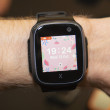Review: Windows Phone 8
In addition to new features, Microsoft updated the behaviors of several components within Windows Phone 8. These major changes significantly boost the usefulness of existing features.
"For You"
Microsoft wants WP8 to be more personal. That's why it's going to make more recommendations for things that are specific to each user.
First: Local Scout. This is Microsoft's search tool for finding stuff close to you. It's been given a good boost in features. Opening the app automatically pulls up results for locations near the user. These are broken down into nearby eateries, hotels/gas stations, shops, and so on. Then there's a "For You" section. The For You section showed me all of the events happening in my town for the weekend. I didn't do anything to generate these results, but there were all the things scheduled to take place in my town (plays, parties, parades, etc.) Neat.
A "For You" section has also been added to the Windows Phone Store. This recommendation feature generates results not only on your own purchasing and downloading behavior, but the behaviors of your friends. For example, say you have a Facebook friend who recently downloaded an app and rated it highly. That app will probably appear as a recommendation for you in the "For You" section. These tweaks go a long way to providing an individualized experience for WP8 users.
In the short time I spent with the operating system, I can't say that the "For You" section of the Windows Phone Store delivered any stunning or amazing recommendations. In fact, I didn't use it to download any apps. The "For You" area of Local Scout was far more impactful. It's one thing to tell me what restaurants and shops are nearby, but it's another thing to add in local events, festivals, and other special events that might only be known to locals.
IE 10
The browser is new and a major step up from the IE 9 browser in the previous version of Windows Phone. It's dramatically better at rendering web pages and loads them faster, too. I found that all of the web sites I browsed just worked better and were more touch friendly.
I compared a handful of sites side-by-side with a device running Windows Phone 7.5, and the difference in how the pages render and work is like night and day. The browser also has a new address bar, more functional tabs, and better search capabilities when seeking something on that web page.
IE 10 is the browser that WP8 deserves. I still prefer iOS and Chrome, but at least now WP8 devices have a browser that's in the same stadium, let alone the same league as the competition.
Lock Screen and Notifications
In Windows Phone 7.x, the lock screen was a fairly static place. It would show you a list of unread/missed messages and or calls, but that was about it. In version 8, the whole notification system has been overhauled. It is much better overall, but the changes are most obvious - and welcome - on the lock screen.
Several different types of notifications can be sent to the lock screen, including calls, texts, emails, calendar, and so on. Select apps can also deliver alerts to the lock screen, such as Weather or CNN. Only five such apps can display notifications on the lock screen at any given time; you can customize which show up and which don't. The lock screen also lets you prioritize one of these. The prioritized notification - let's say email - provides a preview of the most recent email message in addition to the unread email count. If you pick the calendar, it will show you a preview if your next meeting, and so on.
Beyond these customization features, priority messages are delivered to the home screen in a new way. For example, all of the activity from my custom Room flashed on the home screen, letting me know that new Room content was on my phone. It's a drastically improved system.
Last, Microsoft is giving WP8 device owners more control over the lock screen wallpaper. For example, it can be set to a single, static image, or a random rotating slide show of your own photos. It can also be set to the Bing photo of the day. You can also set certain apps to control the home screen. CNN, for example, can be given permission to change the wallpaper based on the breaking news of the day. That's a small but quite visible innovation for the platform.
I love the new notification system and lock screen. It is far more informative and useful. It solves a major problem that I had with earlier versions of Windows Phone, which I found didn't provide enough information on the lock screen. Now, all of it is there, and it can also be customized. Well done, Microsoft.
Maps
Microsoft has now fully adopted Nokia's mapping technology. It's an integral part of Windows Phone 8. It's truly fantastic. Google Maps may be more familiar to most web goers, but Maps in Windows Phone easily smacks down Apple Maps in every way possible.
First, the level of detail is incredible. I love that you can download the maps of specific regions for offline use. For example, I downloaded all the maps for the entire states of New Jersey, New York, and California, and was able to zoom around those states when the device's radios were all turned off. Furthermore, the traffic tools, aerial views, and expansive geographic data that are baked into Maps make it an incredible tool.
I was even able to use Maps on an airplane (no network connection, obviously) and still route point-to-point directions. I couldn't however, look up points of interest when offline. It handled addresses and locations, but no details further than that.
NFC and Isis
Windows Phone 8 supports near-field communications, also called NFC. NFC can be used for various purposes and WP8 adds some of the vital ones.
First: Isis. Microsoft is a partner (along with AT&T, T-Mobile USA, and Verizon Wireless) of Isis. Isis launched its initial trail markets October 22. Smartphones equipped with Isis can make NFC-based tap-and-go payments at select merchants and have the purchase billed to their credit card. Microsoft will support Isis at launch and Windows Phone 8 devices can be used in the trial markets (Austin and Salt Lake City) right away.
Other NFC-based actions include a tap-to-share function. For example, if I want to share a picture, contact card, or song with another WP8 device, it is much easier to do so thanks to the NFC tool. I have to make sure NFC sharing is enabled in the settings. Once it is, any file I choose to share will be transferred automatically to my friend when I tap the back of my phone to the back of their phone (it requires that they accept NFC-based file transfers). NFC can also be used on WP8 phones to automatically pair with other NFC-equipped Bluetooth gear, such as Bluetooth speaker systems.
WP8 also has a brand new Wallet app that can store credit/debit cards, loyalty cards, membership cards and so on, and works well with Bing to let you know what's around when it comes time to shop. These cards of course integrate with NFC and Isis. Right now, however, it is pretty limited to credit/debit cards, PayPal, and loyalty cards. It does not support boarding passess or Starbucks cards, for example.
The NFC stuff is certainly cool. Who doesn't like tap-to-share functionality on their phones? I wish it worked with Android devices, though. Right now, it only works with other WP8 devices, which is rather limited. Isis will be the real differentiator here. Microsoft is going to run out the gate with Isis support and its own Wallet system. Microsoft has a chance of leapfrogging both Apple and Google with its Wallet, NFC, Isis triple-play.
Productivity
The messaging, email, Office, and other productivity apps all have new features. The email inbox now offers a dark view, for example, that matches the phone's theme. Email attachments are much easier to find. Office documents that are attached to emails are automatically added to the Office Hub and backed up on SkyDrive. The email app also supports voice dictation. Last, entire email threads can now be deleted easily.
The SMS/MMS app - which also doubles as the Windows Live IM app - lets users send photos, contacts, voice notes, contact cards, videos, and location data. It didn't support all of those features in WP 7.x. I found it was simple to attach files to outgoing messages.
I found these changes to all be good. I liked that I can stick a new theme in the email app, though it only goes so far as the inbox. Once you dive into an individual email, it's the same black-on-white experience as before. The email app also feels faster and looks sharp. It's still not as robust as the Gmail app on Android devices, but it is much better than the iOS email app
The added support for file sharing essentially just puts Windows Phone in feature parity with Android and iOS. The tools work well, weren't clumsy, and now have all I need to remain productive and not throw my phone against the wall.
SkyDrive
Microsoft has really ramped up SkyDrive, Microsoft's cloud-based storage service. Pretty much anything you do with a WP8 phone can be backed up or stored in SkyDrive. Much of it happens automatically.
For example, all your documents are backed up in Sky Drive. Any Word, Excel, PowerPoint files you have on your phone are automatically synced not only from the device to SkyDrive, but to any Windows 8 and RT devices you might have. The same goes for photos, playlists, XBox games, and so on. It also includes device settings. Say you lose your WP8 handset. If you replace it with another, the previous device's settings can be synced with the new device, getting you right back to where you were without missing a beat.
Skype
Skype for Windows Phone has been given some powerful new features. Most importantly, Skype can be opened and then set to run in the background. Previous versions of Skype would close when you navigated to a different app, meaning the person could not be reached via Skype unless they were actively using the Skype app. This was a shortcoming of the OS, and it's been addressed in version 8. Skype can be left on and Skype users can be reached at all times.
Skype also now works better with other parts of the operating system, such as the People Hub and contact cards. It's a more seamless experience across the board, but the changes stop short of building the application into the OS itself. Skype is still a separate application.
The Skype experience still manages to fall flat when compared to Android and iOS, though. Apple and Google have done a good job of making sure the app runs in the background, integrates with the native tools and so on really well. Skype for Windows Phone is dramatically better, but still feels a bit spartan when it comes to features.
Windows Phone 8 will support other VoIP apps in the same way that it supports Skype.
Windows Phone Store
The online Windows Store is being completely overhauled so that it has a cohesive look and feel across the Windows 8, RT, and WP8 platforms. The new Windows Phone Store, which now shares the same look and feel as Win8 and WinRT, is far simpler to use and browse through, and supports new methods of payment for apps, such as direct carrier billing, PayPal, credit cards, and gift cards.
For all intents and purposes, the store on Windows Phone handsets looks the same on Windows Phone devices. The online store for Win8 and WinRT were changed to more closely match the phone store. There are additional pages of recommendations and other ways to browse through, find, and pay for apps, but these are minimal changes as far as the end user experience goes.


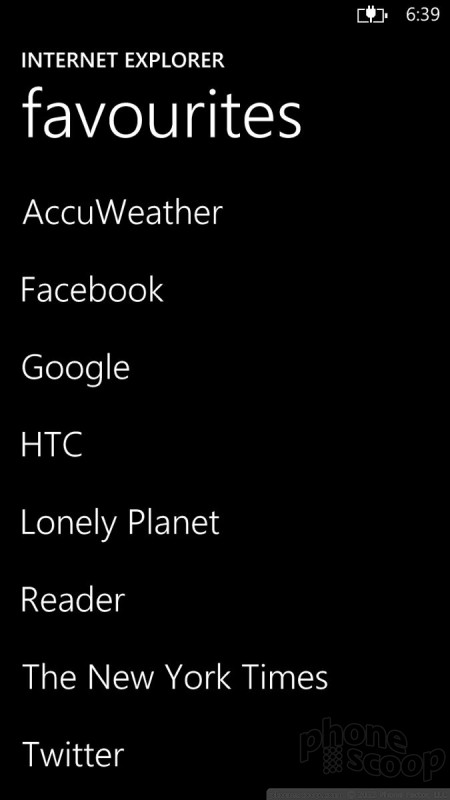





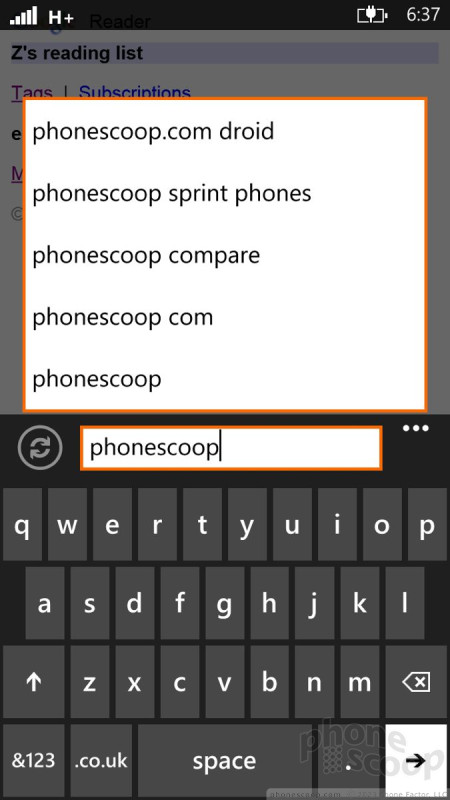





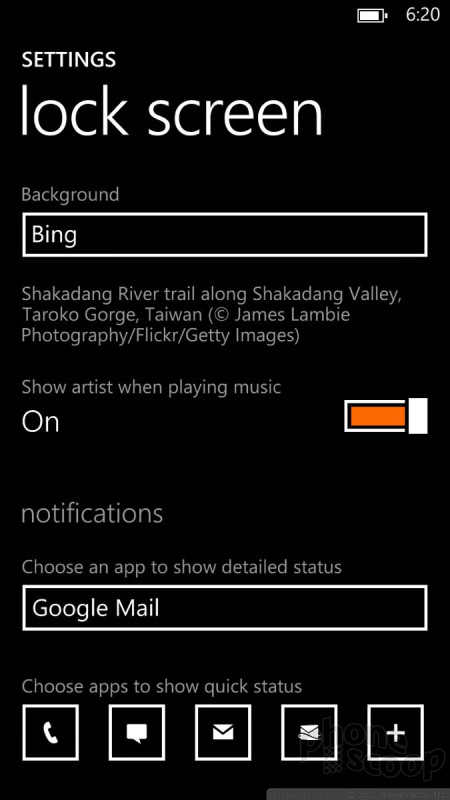






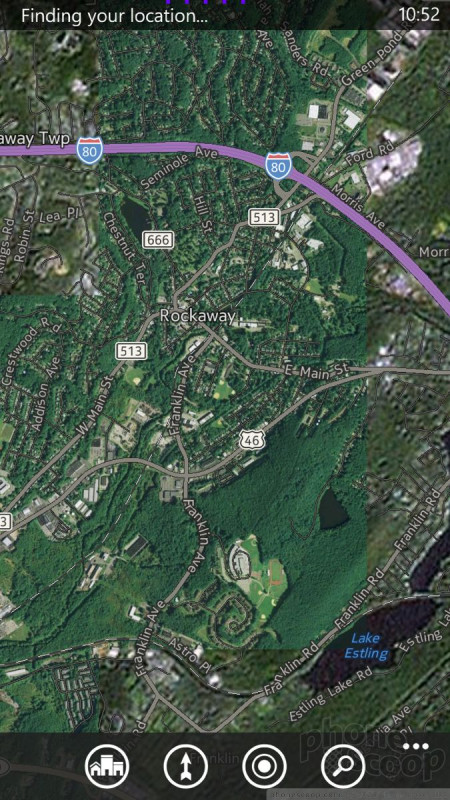








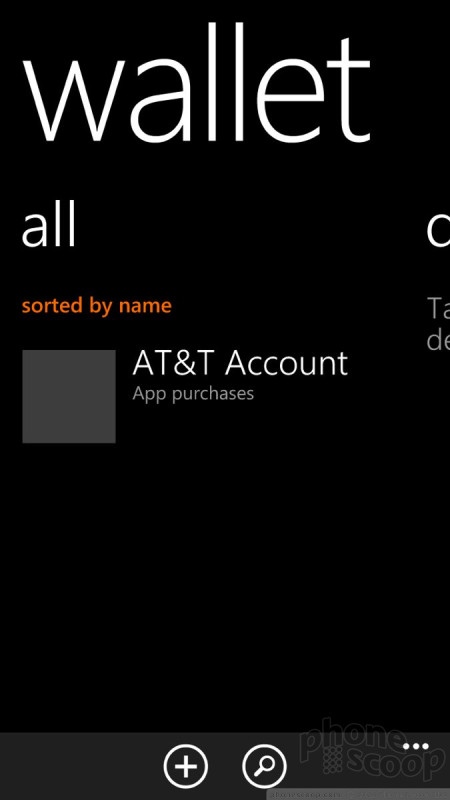




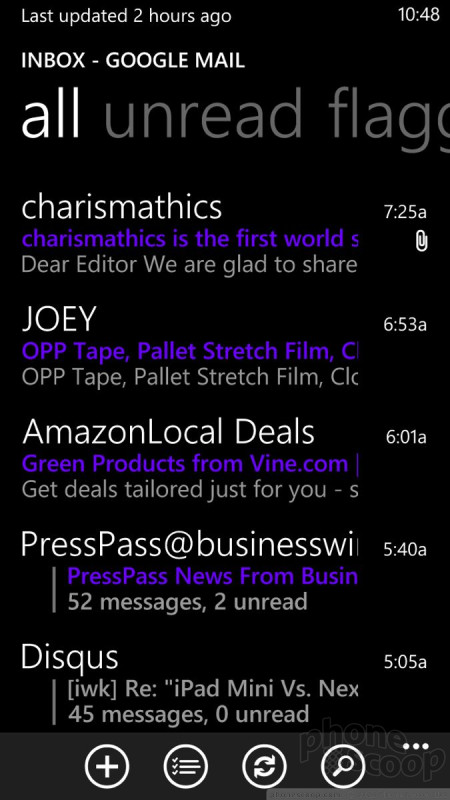





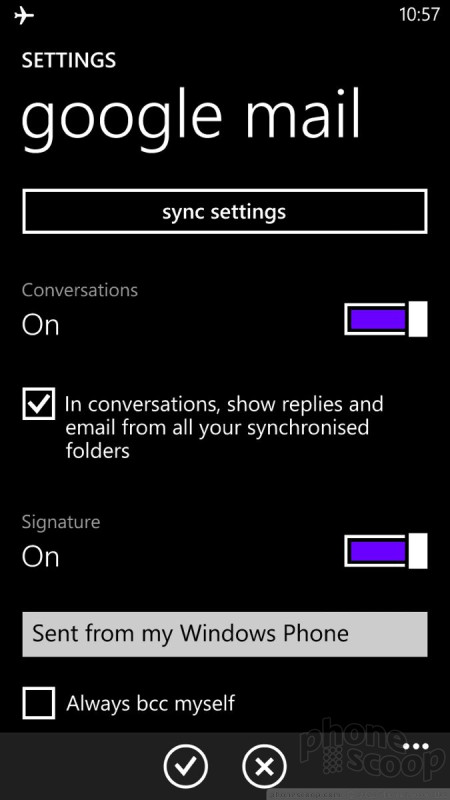










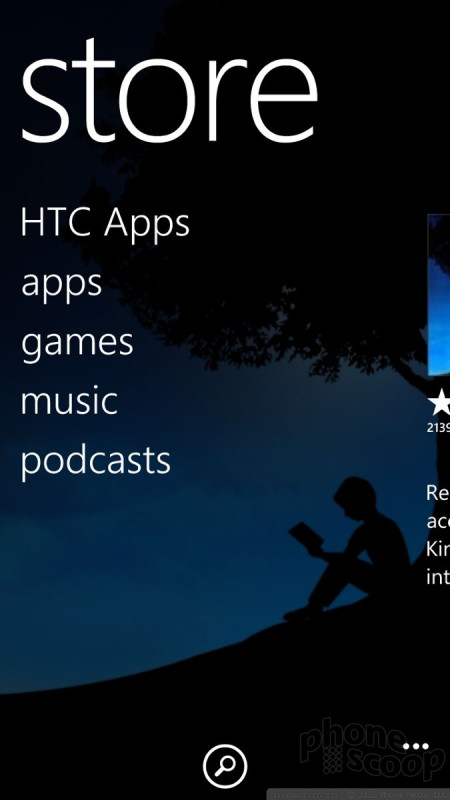





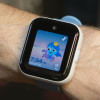 Hands On with the T-Mobile SyncUp Kids Watch
Hands On with the T-Mobile SyncUp Kids Watch
 iPhone 14 Plus Offers a Big Screen For Less
iPhone 14 Plus Offers a Big Screen For Less
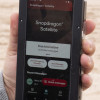 Qualcomm Taps Iridium for Satellite Connectivity
Qualcomm Taps Iridium for Satellite Connectivity
 iPhone 15 Series Goes All-In on USB-C and Dynamic Island
iPhone 15 Series Goes All-In on USB-C and Dynamic Island
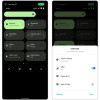 Android 12 Beta 2 Brings New Internet, Privacy Controls
Android 12 Beta 2 Brings New Internet, Privacy Controls


